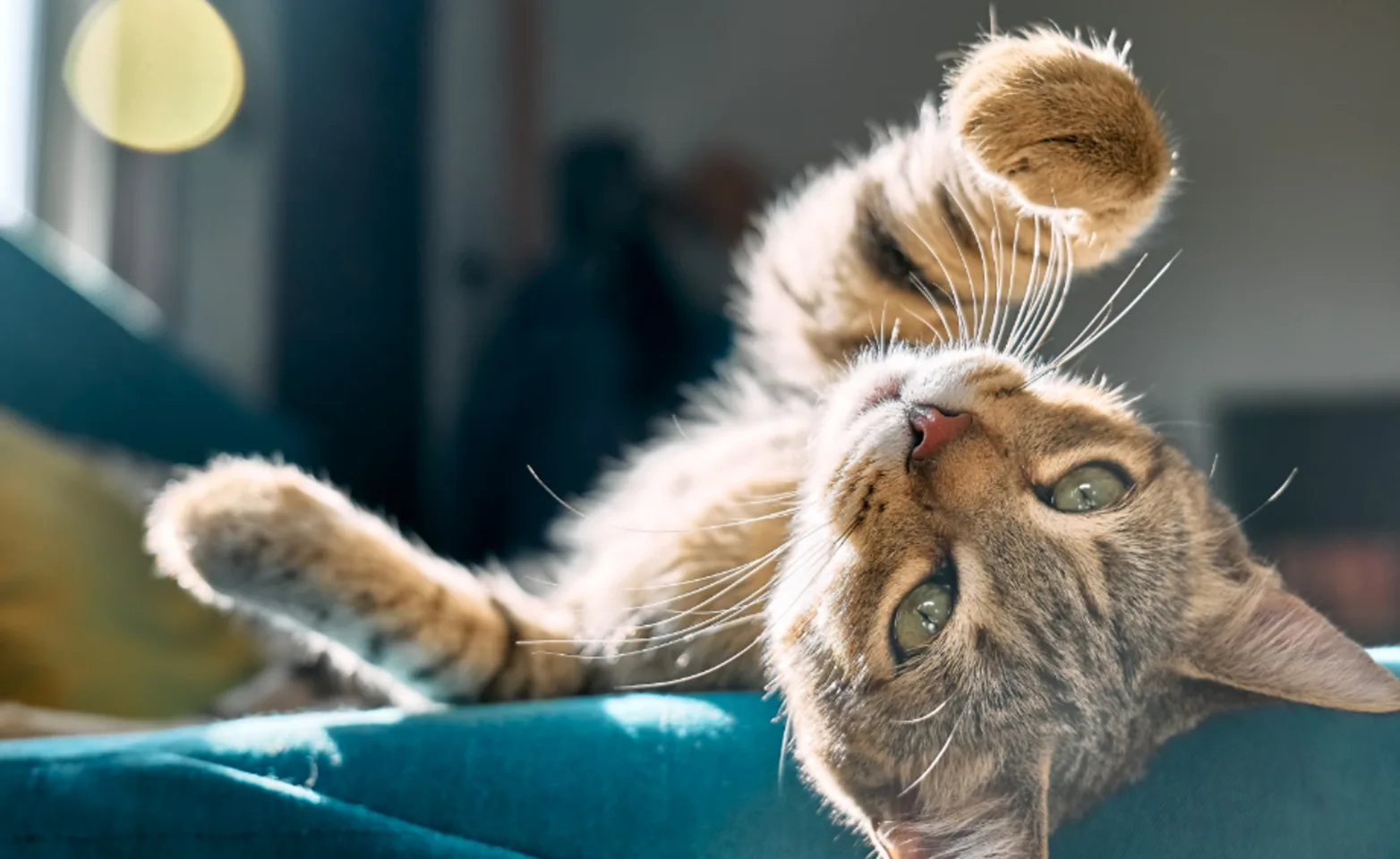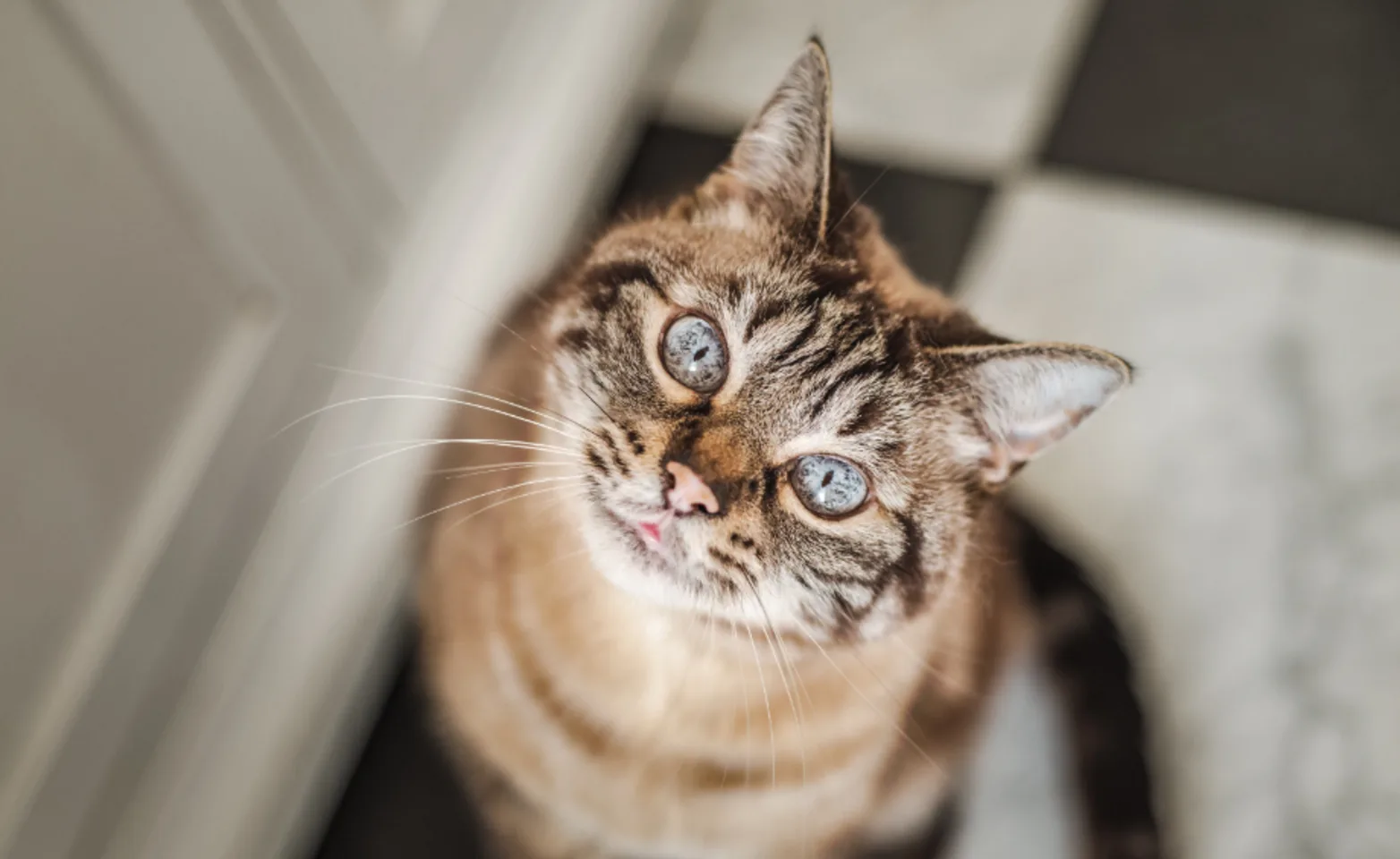Veterinary Vision Animal Eye Specialists

Kittens are often exposed early in life and many develop only mild initial symptoms, after which the virus becomes dormant in the nerves on the face, including those within the conjunctiva and cornea. resistant either as a result of this early exposure or after receiving routine vaccinations. A common history is a previous upper respiratory infection with sneezing and watery eyes which may appear to completely resolve.
The symptoms then localize to the eyes with squinting, tearing and possible ulceration of the cornea. One or both eyes may be affected. Herpesvirus is spread by airborn particles and thus highly contagious, although other cats in the same household may show no symptoms because they are already immune.
Herpesvirus can become dormant and remain within the nerves around the eyes with recurrence of symptoms weeks or months after the original infection appears to have resolved. This occurs in approximately 10-15% of cases and is similar to the situation seen in people with recurrent “cold sores”, a condition caused by a different herpesvirus. Relapses of feline herpesvirus can be triggered by stressful episodes, such as being boarded, or as a sequela to another illness.
Diagnosis of feline herpesvirus can be made in three ways: an immunoflourescent antibody test, culture of the virus, or a polymerase chain reaction (PCR). This last test is the most sensitive method available and is performed by obtaining a swab of the tissues around the eye which is frozen and sent by overnight mail to a special laboratory. Results are usually received within 7-10 days although treatment will often be started immediately.
Treatment for herpesvirus involves the use of topical medications (drops or ointment) which must be applied frequently (every 6 hours) for at least 4-6 weeks. Viruses must live inside other cells in order to survive and reproduce. They cause infection by becoming part of the host cells and altering their DNA. This is the reason that treating a viral infection is so difficult. Anti-viral medications must act by altering the ability of the virus to reproduce without killing the host cells. Full recovery requires successful activation of the animal’s immune system to eliminate the virus.

Sequela to feline herpesvirus may include formation of scar tissue which can cause clouding of the cornea and obstruction of the tear drainage duct (which may result in persistent tearing). Other possible complications include: “dry eye,” due to viral damage to the tear gland and eosinophilic keratitis, a condition caused by abnormal and excessive activity of the immune system so that the animal’s own cornea (instead of the virus) becomes the target. These conditions are usually responsive to specific medications, however careful monitoring is required. A corneal sequestrum is a localized area of the cornea which dies and becomes discolored as a result of the infection. Surgical removal of the affected area is usually required. Re-examinations during the treatment period and after discontinuing medication are important to detect these complications.
